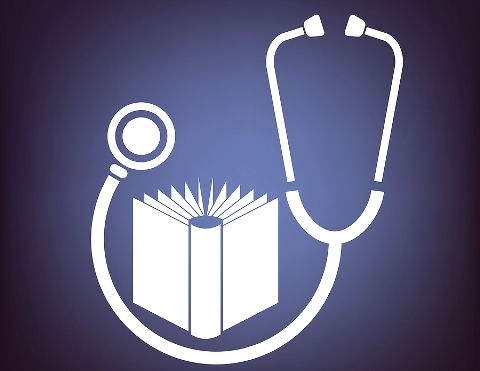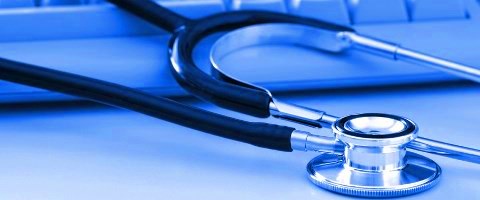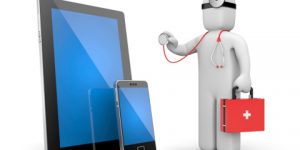 ICTpost mHealth Bureau
ICTpost mHealth Bureau- Innovations of mHealth can improve the speed, accuracy and convenience of diagnostic tests; improve medication adherence and test result delivery; improve interactive, two-way communication; and provide a simple methods for data collection, remote diagnosis, emergency tracking and access to health records
- In spite of the advancements in medical technologies and a general increase in income levels, healthcare continues to pose challenges of affordability, complexity and access across the world.
In developed markets, per capita healthcare expenditures have risen faster than both income levels and inflation rates over the past decade due to rising incidence of lifestyle driven chronic diseases and ageing populations. Yet, there have been no corresponding improvements in the quality of healthcare delivery in many countries. In contrast, developing countries primarily face the challenge of providing healthcare access to their citizens.
Research shows that the majority of patients, including those who are disadvantaged, have access to a mobile device or smartphone. These patients have tools at their fingertips to help manage their diabetes more effectively. The use of mHealth tools provides a straightforward way for all populations to access information that assists in reducing risk factors.
Mobile Phones Cut Malaria Response Time
Using mobile phones to report malaria outbreaks in Africa has been stunningly effective reducing the government response time to an outbreak from four weeks to three minutes, according to a report.
HP, along with partners Positive Innovation for the Next Generation (PING) and Clinton Health Access Initiative (CHAI), and mobile network provider MASCOM, announced the results of the first year of a mobile disease response pilot program last week.
Some 1,068 notifications were reported to Ministry of Health officials since the program first rolled out in June 2011 in Botswana’s Chobe region. Healthcare workers have been trained to use mobile devices to collect malaria data and report outbreaks to authorities.
The collected data is then plotted on a geo-tagged map, providing health workers context for their responses. Using the program’s technology, 89 potential outbreaks were identified during the pilot year.
These technologies represent an evolution of telemedicine from the desktop to wearable technologies, which may improve the accessibility of treatment for diabetes as well as the ability of patients to actively engage their providers.
Additionally, the innovations and functionality of mHealth, such as text messaging, smartphone applications and wireless sensor technology, can improve the speed, accuracy and convenience of diagnostic tests; improve medication adherence and test result delivery; improve interactive, two-way communication; and provide a simple methods for data collection, remote diagnosis, emergency tracking and access to health records.
Almost all developed markets already have mobile penetration greater than 100%. Mobile penetrations in Africa, Asia-Pacific and Latin America are also expected to increase to 82%, 98% and 119% respectively. Also, the increasing penetration of smartphones as well as the 3G and 4G networks will provide a significant boost to the use of the mobile platform for providing healthcare services.Thus, the feasibility of mobile devices supporting healthcare is greater than ever before. Mobile health – the use of mobile communication and devices for providing healthcare services or achieving health outcomes – stands at a significant inflection point.
Increase in 4G networks creating data highways
With increasing 4G rollouts and with fibre to support, a whole new world of possibilities in using mobiles and the internet to address healthcare challenges has opened up. 4G networks support video-calling and high-speed data transfer that can help deliver telemedicine services. 4G networks would enable superior customer experience in terms of superior picture quality as well as reduced image distortions for video calls and quicker data transfer as compared with that offered by 4G networks.
The uptake of high-speed broadband services is expected to increase rapidly across the world over the next few years. For instance, in Western Europe, the number of 4G and LTE subscribers is expected to increase almost two-fold from ~200 million in 2010 to ~580 million in 2017. In Asia-Pacific, the number of 4G and LTE subscribers is expected to increase from 325 million in 2010 to over 1.9 billion in 2017.







